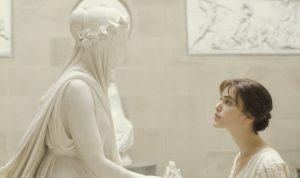For my extra credit, I chose to visit a museum not related to the things we studied in our class but someone rather different. I went to the Museum of Moving Image, as it is one of my favorites because of how different it is. This museum, located near Kaufman Studios in Queens, focuses on film and television. While there are not necessarily paintings and statues like in the Metropolitan Museum or the Brooklyn Museum, there are many other interesting things to look at, such as costumes from movies, fan mail received for certain shows, cameras, and even original movie script drafts.
One thing I saw when I was there was letters from fans of “The Muppet Show.” Some of these were dated back to the 70’s and were often from kids. One specific letter was from a boy named Jay from Michigan, who wrote to the creators of The Muppets to share his concerns of the show being cancelled before he has the chance to work with the muppets. At the end of the letter he even adds a drawing of a muppet saying “We go Bye-Bye!” before signing off as “a concerned kid.” This caught my attention because it was very real and something the kid never would have thought would end up in a museum. He only wanted to discuss his worries about a show he was a fan of becoming cancelled.
Another thing I found interesting was a display of a paper with the original brainstormed ideas for the title of the 1986 film “Labyrinth” starring David Bowie and Jennifer Connelly. I loved this movie as a child and getting to see something that was a part of the process was interesting. Some of the title ideas were “Magic Maze” and “Inside Outside.” Seeing this reminded me that while the title of a movie may seem insignificant to viewers when thinking about a whole movie, a lot of thought does go into it. The full outfits worn by David Bowie’s character were also on display and being able to examine the details of those up-close showed just how much effort actually goes into creating the clothes worn by characters in things we watch.
In my post about what art is to me, I wrote that art is not limited to just paintings and sculptures because photography, fashion, and film, are also forms of art. This museum is a perfect example of this because it proves that museums are not always just about paintings from centuries ago, they can be about things we enjoy in our daily lives too.



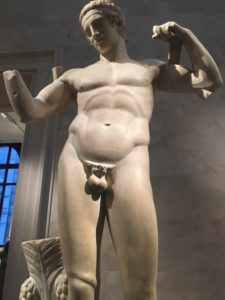
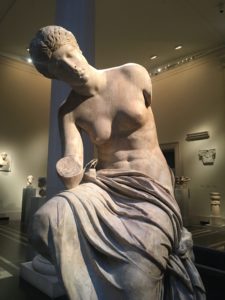

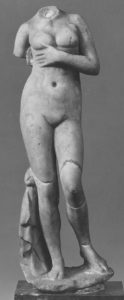

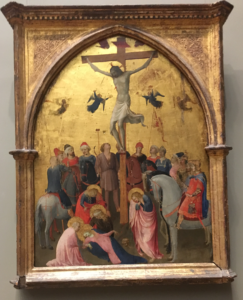 For the Renaissance era I used Fra Angelico’s “The Crucifixion,” dated to the 1420s. This is a great example of Renaissance art because it focuses on a violent religious event, however, the artist manages to make the scene appear delicate. The picture depicts Christ crucified on the cross with people surrounding him and angels in the background. Some of the men appear to be holding spears that have caused the wounds on Christ. There is blood coming out Christ’s chest, but true to Renaissance qualities even that appears still and light, like the other hues of red in the painting that are also light. Even the Virgin Mary passed out on the floor lacks the dramatic chaos of what would be seen if this were to be a Baroque painting.
For the Renaissance era I used Fra Angelico’s “The Crucifixion,” dated to the 1420s. This is a great example of Renaissance art because it focuses on a violent religious event, however, the artist manages to make the scene appear delicate. The picture depicts Christ crucified on the cross with people surrounding him and angels in the background. Some of the men appear to be holding spears that have caused the wounds on Christ. There is blood coming out Christ’s chest, but true to Renaissance qualities even that appears still and light, like the other hues of red in the painting that are also light. Even the Virgin Mary passed out on the floor lacks the dramatic chaos of what would be seen if this were to be a Baroque painting.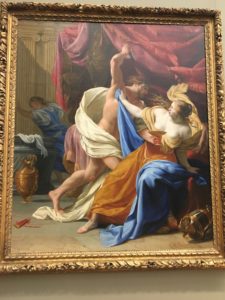 painting that caught my attention because of what was being shown. Although there are only three people in the painting, it seems like there is a lot happening. At the forefront is a man with a dagger held high, aimed at a woman with her breasts peeking out of her disheveled dress. Both of their faces show fear, which adds to the mayhem surrounding them. True to Baroque era qualities, there is real sense of dramatic disorder, especially upon looking into the context of the story which is one of a man named Amnom- the son of David- raping his half-sister. This action in the painting is illustrated through the running maid in the background, the vases scattered on the floor, and the flying sheets and clothes. Despite being a painting, there is no stillness to the painting and the audience can practically feel the urgent emotions that are being shown.
painting that caught my attention because of what was being shown. Although there are only three people in the painting, it seems like there is a lot happening. At the forefront is a man with a dagger held high, aimed at a woman with her breasts peeking out of her disheveled dress. Both of their faces show fear, which adds to the mayhem surrounding them. True to Baroque era qualities, there is real sense of dramatic disorder, especially upon looking into the context of the story which is one of a man named Amnom- the son of David- raping his half-sister. This action in the painting is illustrated through the running maid in the background, the vases scattered on the floor, and the flying sheets and clothes. Despite being a painting, there is no stillness to the painting and the audience can practically feel the urgent emotions that are being shown.
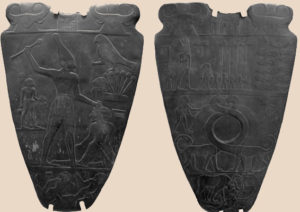
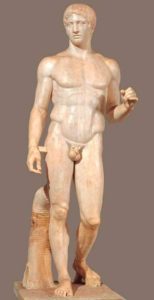
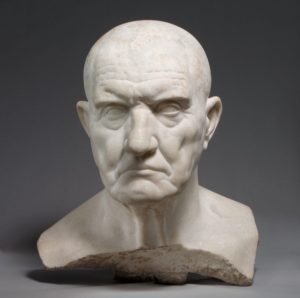
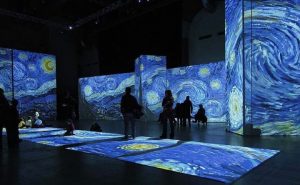

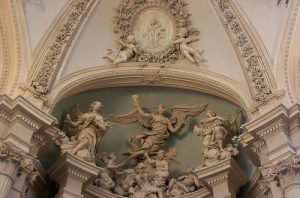

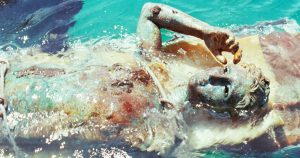 Visiting museums is always fun for me, which is something I’m looking forward to in this class. It’s interesting discussing the history, the intentions, and the meanings of pieces in large groups because everyone interprets things differently and this is a great way to expand both my knowledge and appreciation of art.
Visiting museums is always fun for me, which is something I’m looking forward to in this class. It’s interesting discussing the history, the intentions, and the meanings of pieces in large groups because everyone interprets things differently and this is a great way to expand both my knowledge and appreciation of art.
